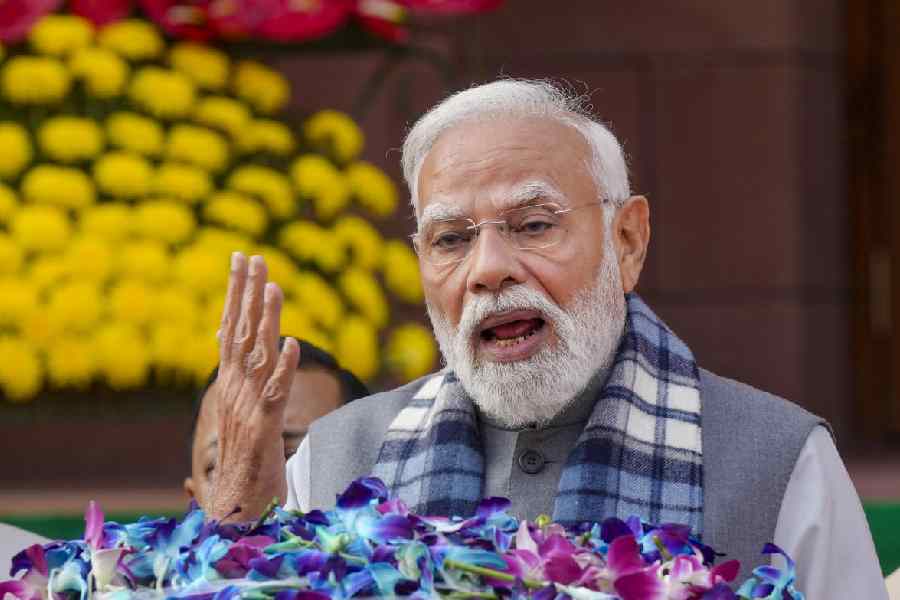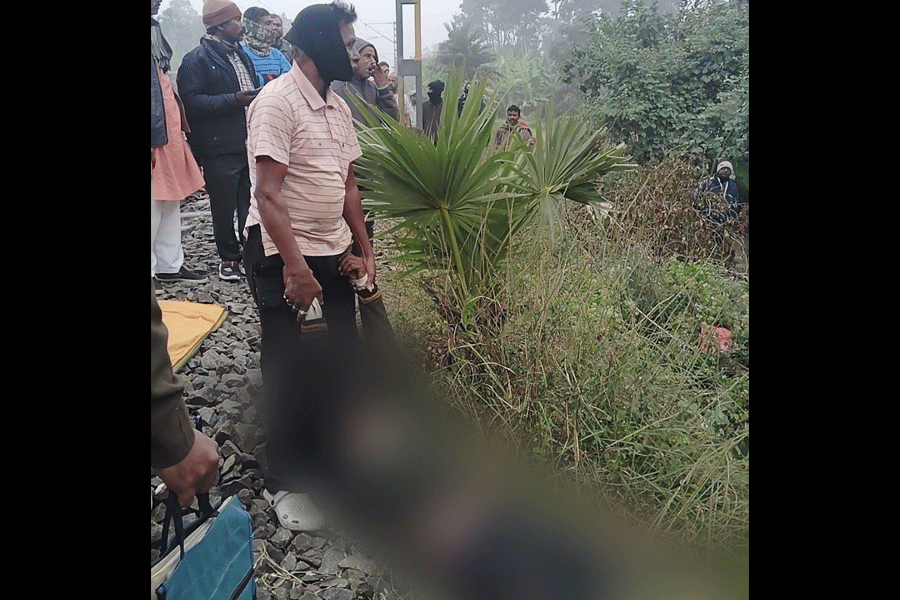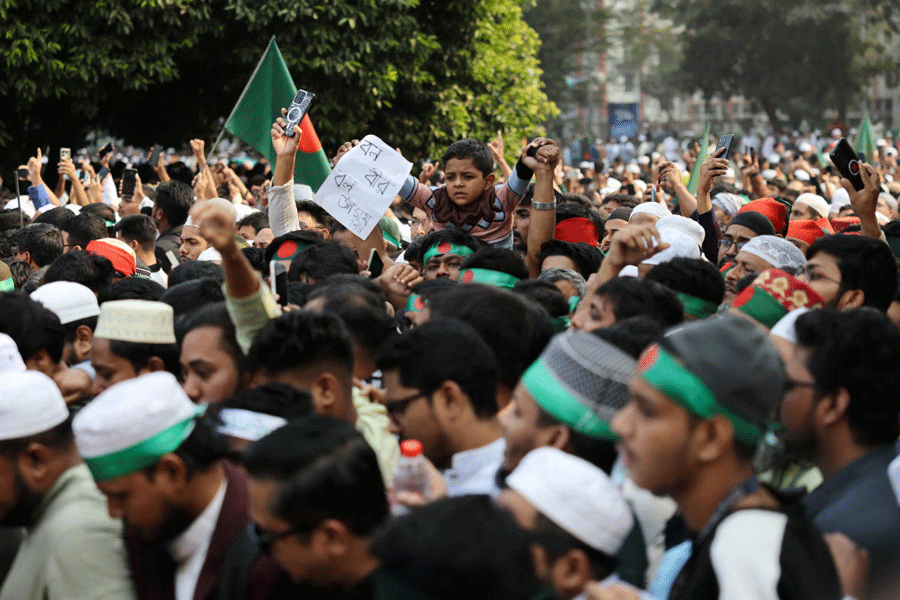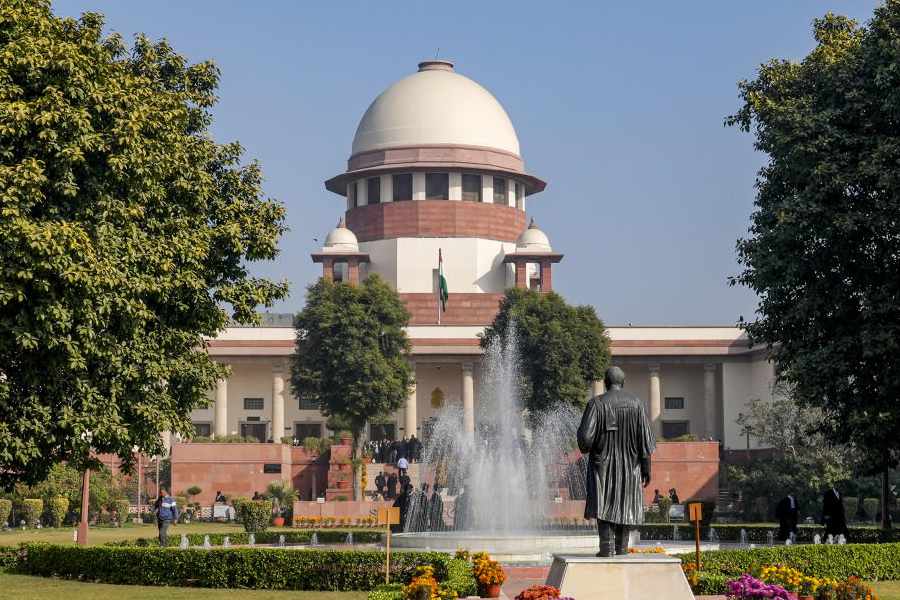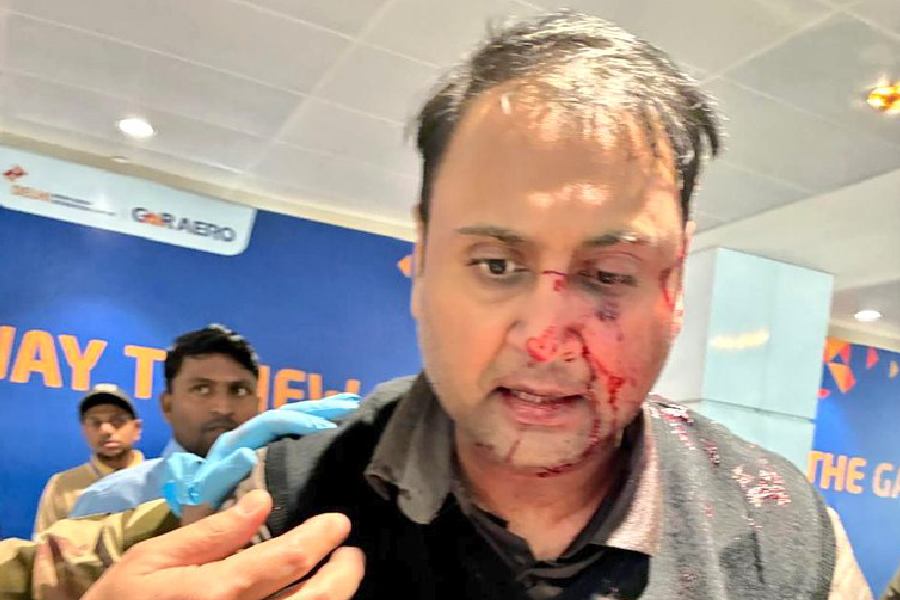 |
July marked the end of a chapter in Grant Morrison’s career. Since 2006, he had been writing Batman for DC (Batman #655). And with Batman Incorporated #13 it was over. What’s his next mission? 18 Days. His first attempt at an animated web series (with Graphic India) that takes the Mahabharata to dizzying heights.
An email interview with the 53-year-old Scottish comic book writer.
Being closely associated with Batman, do you think some aspects of the Mahabharata can be incorporated into Batman?
Well, Batman also has to fight the battle between desire and duty that underpins the story of the Mahabharata. While he may desire to kick back and live a normal billionaire’s life as Bruce Wayne, he knows his duty is to protect his city as Batman! Additionally, and much like Arjuna, Batman has recently had to face the death of his heroic young son (Damian Wayne) –– a death which I wrote as a deliberate echo of the killing of Abhimanyu on the 13th day of the battle.
In an era that’s all about Lord of the Rings, what made you tap into Indian mythology and the Mahabharata in particular?
 |
| Grant Morrison |
The source material is incredibly rich and while I enjoy The Lord of the Rings a great deal, it’s a story that presents an often simplistic, dualistic view of human nature and the world. The Mahabharata on the other hand is filled not only with fantastic spectacle, magic and epic combat but with flawed, relatable characters, all of whom must break their own rules to win the day, all of whom must face the consequences of their every action. At its centre, the story also has the Bhagavad Gita, the wellspring of spiritual, contemplative thought, which provides it with an incredible transcendent dimension. Quite simply, it is among the greatest stories ever told and it remains fresh and relevant to our lives.
When I met Sharad (Devarajan, co-founder and CEO of Graphic India) many years ago, he shared with me his passion to build characters, heroes and stories that tap into the unique creativity and mythic culture of India but appeal to audiences worldwide in the same way Lord of The Rings, Clash of the Titans, Harry Potter or Batman have been able to do. When we discussed the Mahabharata, it was clear there was no better partner for me to work with on this story.
Graphic India is really pioneering a new space in Indian character entertainment and the quality of the artwork being done by Jeevan J. Kang, Mukesh Singh and many of the other talented creators in India that have worked with Sharad is some of the best being produced in the world today.
How do you make the Mahabharata and its philosophies accessible to the West? And what can audiences in the East take home from 18 Days?
Audiences in the East can expect a new take on a story they probably know by heart. They can expect to see the story removed from antiquity –– most depictions of the battle show armour and weapons which suggest specific periods in the history of India but we’ve chosen instead to place the action in mythic time; this battle is always happening, it’s always playing out in the timeless world of symbols and archetypes, so it should always feel new.
I spent sometime attempting to ‘translate’ the complex storytelling of the Mahabharata into something that could be understood in terms of familiar Western archetypes. If it works out, audiences in the West will be introduced to one of the greatest human stories ever told, as well as some of the most compelling, nuanced and human characters created prior to Shakespeare.
This is your first web series. What are the challenges of working on a web series vis-a-vis other mediums?
The web series allows for motion and sound, which means I can take advantage of different effects than are available in a comic book. The combination of spoken words and images is quite different from the written words and images in a comic book –– the images have to be direct and powerful and much less detailed than in a comic where the reader is able to linger and study a picture for as long as he or she chooses. Here it’s about directness and simplicity, which allows the spoken words to be a little more hypnotic or poetic.
When was your first reading of the Mahabharata?
For me, the process involved re-familiarising myself with the epic in several different versions, particularly R.K. Narayan’s condensed retelling, Ramesh Menon’s two-volume ‘modern rendering’ and the short, punchy The Penguin Companion to the Mahabharata which manages to explain everything in 144 pages and is probably the best book for the newcomer. Also particularly helpful on the spiritual side were Paramahansa Yogananda’s God Talks With Arjuna and Perennial Psychology of the Bhagavad Gita by Swami Rama.
Once I felt I’d internalised the structure of the Mahabharata I was able to break it down, re-arrange it in a new configuration and add a couple of sci-fi twists to give this version a new and more contemporary flavour. I really felt I had to immerse myself quite deeply in the background and to try and understand things like the Bhagavad Gita, you know which took a lot of reading obviously. So yeah, it was important to get it right. But at the same time it was also important to make it universal because the story is universal. The themes are actually not necessarily culturally bound so we wanted to honour the origins of the story, but at the same time create a new version of it that was, as I say, much more universal and global.
At the San Diego Comic-Con (one of the world’s biggest conventions for comic book fans) in July you said the Mahabharata formed a small part of the comic series The Invisibles…
At the time I was starting The Invisibles, the Peter Brook stage version of the Mahabharata was being shown on BBC, so I got into that and I used the Mahabharata story in The Invisibles as a metaphor for the illusion of duality –– this immense war between two vast opposing forces was actually conjured by a single person –– an Indonesian dhalang shadow puppeteer. I like the Mahabharata because it’s less about good versus evil in the traditional Western sense and more about dealing with compromise, anger, greed and fear. The very things which make its heroes great are the things which bring about their greatest defeats. It’s an immensely human story that acknowledges the weaknesses and failures of its heroes as often as it promotes their strengths and victories. Unlike the snarling, cackling irredeemable villains of Western melodrama, even the monstrous Duryodhana is a complex, ultimately sympathetic figure, while a character like Karna is quite simply heart-breaking in his inability to achieve the greatness of which he knows he’s capable.
There are many descriptions of technology in this great Indian mythology. Which are the ones that interest you the most?
I was particularly fascinated to learn that technology in the Third Age was based around the idea of communication, which sounds a lot like our own world today. We’ve taken the opportunity to go to town on depictions of vimana flying machines and the various astras or god-weapons which, in the original text, bear an uncanny resemblance to stealth bombers, tactical nuclear weapons and microwave beams. In our version, these ideas are made literal as the advanced, almost futuristic technology of a lost age.
Mathures Paul
Is Mahabharata the greatest tale ever told? Tell t2@abp.in
You can watch 18 Days in English, Hindi and Tamil on the Graphic India YouTube channel


